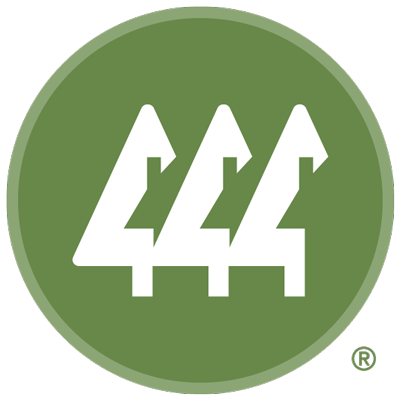Originally published July 18, 2008
Lots of our clients hold rental properties they obtained decades ago — either their first homes, or a house they inherited from their parents. And through pure inertia, or apathy, they just continue to rent them out without a real strategy for the investment aspect.
Sometimes this emotional need to hold the property makes a lot of sense. When my grandmother died in 1991, she left her home in Maple Leaf to my father and aunt. My dad bought my aunt out, and he just couldn’t bring himself to sell the house in which my grandmother had spent 40 years tending her gardens and reading books on a chaise lounge that had this great view of the Cascades. We were all glad he kept it, if for no better reason than it somehow soothed the pain we felt at losing her, to at least still have her house in the family. After 10 years, six years ago, the pain had eased a bit — he sold it. It had turned out to be a good investment move as well, as the house had gone up significantly in value during that holding period.
But here’s my case study:
In a similar situation to my father — we were contacted by a friend whose mother had inherited not only her family home, where she had grown up, but her husband’s family home as well. Both houses were near Greenlake, both homes were more or less in “original” condition. For nearly 30 years she tended both houses, not so much for an emotional need after that much time, but as investment properties. She would turn over the tenants, paint the walls, re-rent the mother-in-law unit in the basement, cut the grass, etc. It was all getting to be a bit much for this woman who really didn’t NEED to be personally handling these rental homes. So she could have turned them over to our property managers and gotten out of the loop a bit, but owning two highly appreciated houses, one of which had a legal building lot used as a “backyard” and detached garage, wasn’t the highest return she could get for all of that equity.
I estimated that the total value of the three parcels (assuming the yard would be sold separately to a builder) was around $1,125,000. Houses at $450k and $425k, and the lot at $250k. Her net income on these houses, after taxes/insurance, was around $30,000 — a dismal 2.6% return on her equity.
My proposal for her was to take that $1,125,000, or around $1,025,000 after sales costs (commission, excise, some preparations for sale on the homes), and roll these properties into a single apartment building using the IRS Section 1031 tax deferred exchange. By doing this, she would pay no capital gains tax on these sales, saving her over $150,000 in taxes. The more important issue is that we aimed to double her net cashflow, getting her ROI up to 5-6%, and in doing so, provide professional management and eliminate her need to micromanage these rental homes.
So all we had to do was sell these three parcels, and find an appropriate “target” or “replacement” property for the exchange properties. And do it within a few months of each other.
Here are the properties we sold:
Cute little bungalow — original sale estimate $450k; final closing price $405k.
Terrific craftsman, a little further away from Greenlake and not in the “prime zone.” Original sale estimate $425k; final closing price $485k.
Side lot next to the above [craftsman home]. Original sale estimate $250k; final closing price $272k.
Once we had these in escrow (total sales price of $1,162,000, a little more than I had initially estimated), we went shopping. I was targeting an apartment building in North Seattle, so it would be in a neighborhood with which the client was familiar and comfortable. And it didn’t need to be a trophy building — we wanted cashflow, in a solid location. We ended up in Lake City, bidding against another buyer for this bulletproof 12 unit apartment building:
Purchase price was $1,120,000, and the net income in the first year: Over $63,000, net of costs including property management fees, or 5.6%.
Our original goal: Preserve equity by avoiding cap gains tax (check); get the client out of the property management business (check — except she still is involved just to the extent she cares to be); increase net cashflow with a conservative investment property that has good potential for continued appreciation and rent increases (check).
This went smoothly in large part because the market was so strong to sell out of for our rollover properties — although that hurt us a little on the buy side, too, having to bid for the target site. But it also helped that the client trusted our recommendations, and that she was savvy enough to understand what we were looking at — she had lots of experience with real estate, not just these houses but other commercial properties as well. This experience and trust helped us to be able to focus on making the transactions happen.






